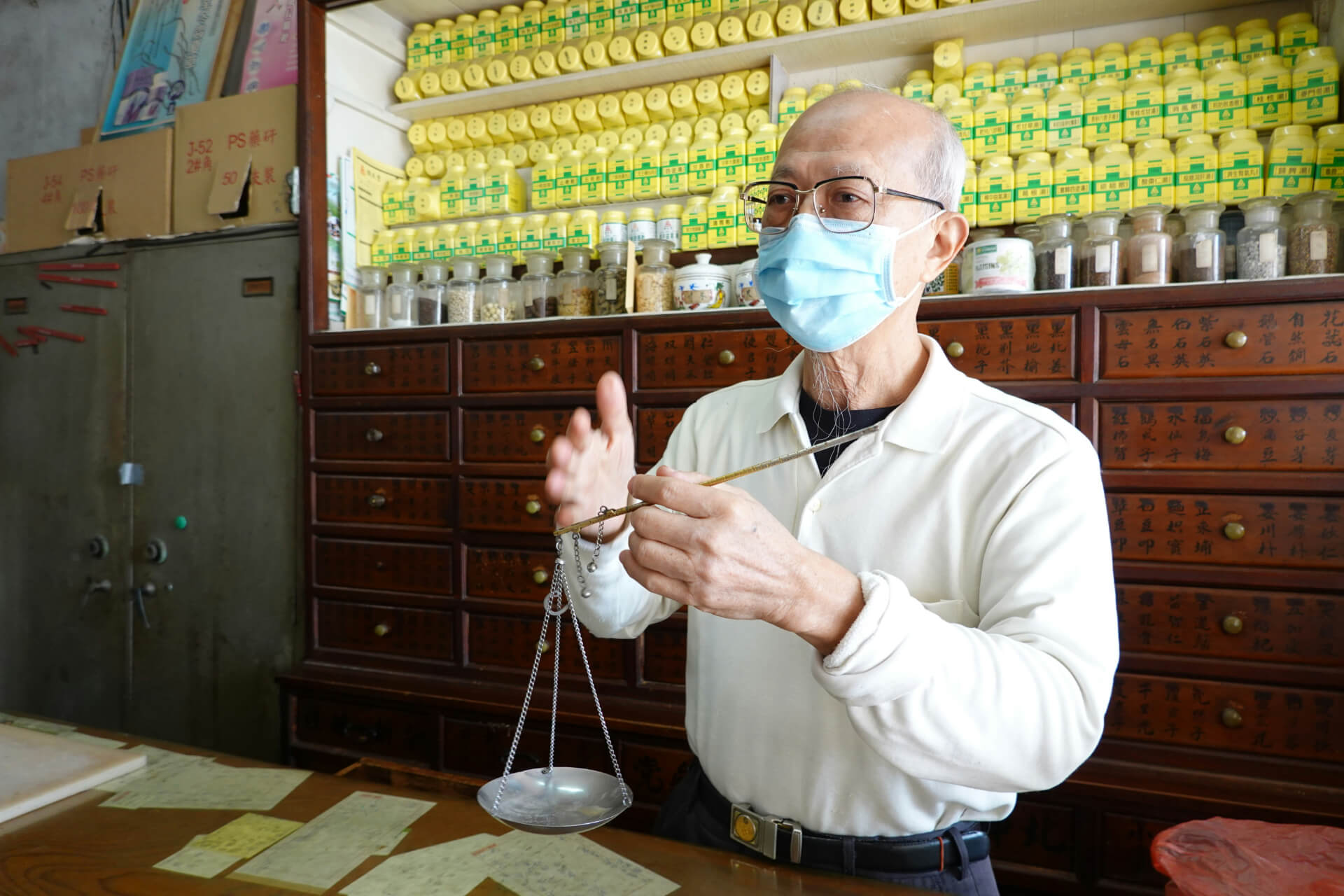
7 Everyday Examples of Aromatic Compounds
October 11, 2023 - Emily Newton
Revolutionized is reader-supported. When you buy through links on our site, we may earn an affiliate commission. Learn more here.
Several everyday examples of aromatic compounds can reveal the incredible diversity of this niche of organic chemistry. Aromatic compounds are responsible for some of the most well-known scents and tastes we interact with on a daily basis. Taking a look at these examples can help simplify and contextualize the complex chemistry behind aromatic compounds.
What is an Aromatic Compound?
Aromatic compounds are organic hydrocarbon compounds with a unique shape and set of properties. They’re often known for their distinct smells, hence the name “aromatic”. They can be monocyclic or polycyclic, meaning an aromatic compound can contain one or multiple hydrocarbon rings. Specifically, an aromatic compound must be a hydrocarbon ring with at least one double bond.
Huckel’s Rule
A set of traits known as Huckel’s Rule determines whether a compound is aromatic or not. A compound can have a distinct smell without technically being aromatic. Huckel’s Rule says an aromatic organic compound must have a ring shape, must be planar and must have a certain number of delocalized pi electrons.
Planar molecules are arranged so all of the atoms are aligned on the same plane. Think of a three-dimensional grid with perpendicular x, y and z axes. A molecule is planar if all of its atoms are on the plane for the same axis, such as the X axis. A planar molecule is essentially “flat”.
Delocalized Pi Electrons
Delocalization is a peculiar trait found in pi electron bonds, which can be either double or triple bonds. Aromatic molecules are resonance structures, meaning there are numerous possible configurations for their electrons, so they can’t effectively be modeled with normal Lewis structures. The electrons in these molecules’ pi bonds are essentially free floating around the molecule.
This happens because pi bonds are normally at a higher energy level than single sigma bonds. By becoming delocalized – that is, not confined to a single configuration – the electrons in the pi bonds can sit at a lower energy level, making the molecule more stable. Aromatic compounds always have a certain number of pi electrons: 2, 6, 10, 14, 18, 22 or 26.
Despite all the rules, aromatic compounds are a diverse category of organic chemistry. Take a look at several examples of aromatic compounds for a peek at where they’re found in nature, products, manufacturing, food and more.
1. Benzene (Gasoline)
One of the most well-known examples of aromatic compounds is benzene. Also known as C6H6, Benzene is one of the first aromatic compounds students learn about in organic chemistry. It is monocyclic with six carbon-hydrogen pairs and three double bonds. Benzene is one of the simplest aromatic compounds.
Many people know benzene from a distinctive everyday substance: gasoline. Gas or petrol has a strong and unique smell that’s typically either loved or hated. Benzene is a common additive in gasoline that contributes to this distinctive aroma.
2. Acetylsalicylic Acid (Aspirin)
The well-known over-the-counter medication Aspirin might not have any particular smell but it does contain an aromatic compound: acetylsalicylic acid. Also known as C9H8O4, acetylsalicylic acid has one hydrocarbon ring with oxygen atoms bonded on its two branches.
Acetylsalicylic acid might sound dangerous, but it’s crucial for Aspirin to do its job. It reduces pain and inflammation by interacting with the substances in the body that cause these symptoms. It can even thin blood, which can counteract blood clots (however, this also means it’s crucial patients are careful not to overdose on Aspirin or exceed 24 dosage limits).
3. Naphthalene (Moth Balls)
Popular examples of aromatic compounds include some of the most distinctive scents out there, including mothballs. The aromatic compound naphthalene is very common in mothballs due to its ability to kill moth eggs (hence the term “mothball”). Naphthalene (C10H8) contains a pair of adjacent benzene rings with five total pi bonds.
Naphthalene is one of the most common ingredients used to make mothballs, which keep pests away from clothing and fabric. Some people also put them outdoors to keep animals away, but this is unsafe since naphthalene is highly toxic to people and animals alike. Mothballs should only be used in sealed containers, not simply tossed in closets, attics and other spaces.
4. Cinnamaldehyde (Cinnamon)
If there’s one smell most people like, it’s cinnamon. The cozy aroma of this popular baking ingredient comes from the aromatic compound cinnamaldehyde, which gives cinnamon its name. Cinnamaldehyde (C9H8O) contains one benzene ring with an aldehyde branch made of three carbon atoms, three hydrogen atoms and one oxygen atom.
Cinnamaldehyde is one of the friendliest examples of aromatic compounds since it is usually harmless for humans. Of course, people with cinnamon allergies should stay away from this one. It is also bad for cats and dogs, although it isn’t technically poisonous to them.
5. Aniline (Clothing Dye)
Aniline is one of the most common examples of aromatic compounds. It is used in clothing dyes, rubber, anti-oxidants, photography materials and more. It contains a single benzene ring with the amino NH2 branching off.
Aniline first became popular in the early nineteenth century when clothing manufacturers discovered its advantages over natural dyes. Dyes made with aniline could create brighter colors and didn’t fade over time. It’s been a popular dye in all kinds of clothing ever since. Ironically, aniline is actually highly toxic in its pure form (although it’s generally harmless once blended into clothing dyes).
6. Vanillin (Vanilla Beans)
Vanilla is one of the most popular flavors in the world and it also contains a common aromatic compound. It contains one benzene ring with an ether and an aldehyde branching off to create C8H8O3.
Vanillin produces the sweet, cozy scent of vanilla. It’s commonly used in food but also in perfumes and even pharmaceutical products. Much like cinnamon, vanillin is generally a safe, harmless compound, hence its popularity in food products. The flavor of vanilla is actually the taste of the vanillin compound itself.
7. Pyrazine (Coffee)
There’s no aroma quite like the smell of freshly roasted coffee, which might be thanks to pyrazine. This is one of many examples of aromatic compounds found in coffee. In fact, there are hundreds of different aromatic compounds roasters use in their coffee, although pyrazine has a particularly iconic roasty scent.
Pyrazine doesn’t have a normal benzene ring. Instead, it has a ring of four carbon atoms and two nitrogen atoms with four hydrogen atoms bonded to each of the carbons. Pyrazines actually form an entire category of aromatic compounds, many of which are used in coffee. They’re found in many other foods, too, such as chocolate and wine.
Everyday Examples of Aromatic Compounds
Organic chemistry can be a highly complex and even confusing subject, but it relates to substances, objects, foods and products we interact with every day. Aromatic compounds are a particularly interesting niche of organic chemistry due to the distinctive scents many of them are known for. Some of the most well-known aromas come from these compounds including coffee, mothballs, vanilla, cinnamon and more.
Revolutionized is reader-supported. When you buy through links on our site, we may earn an affiliate commission. Learn more here.
Author
Emily Newton
Emily Newton is a technology and industrial journalist and the Editor in Chief of Revolutionized. She manages the sites publishing schedule, SEO optimization and content strategy. Emily enjoys writing and researching articles about how technology is changing every industry. When she isn't working, Emily enjoys playing video games or curling up with a good book.







